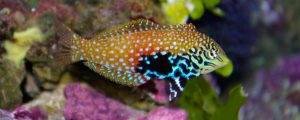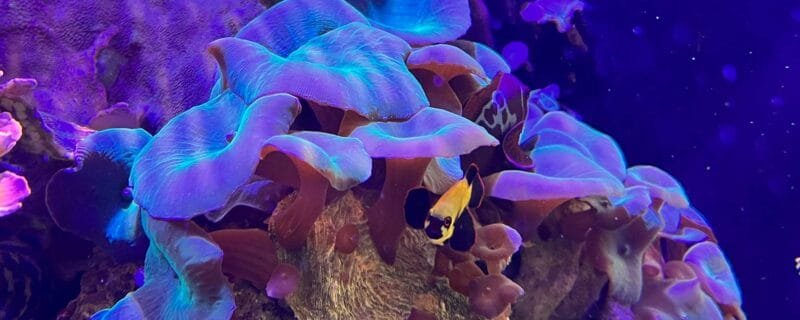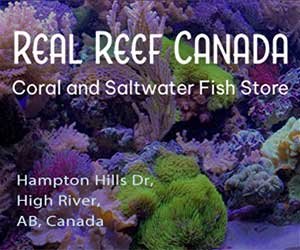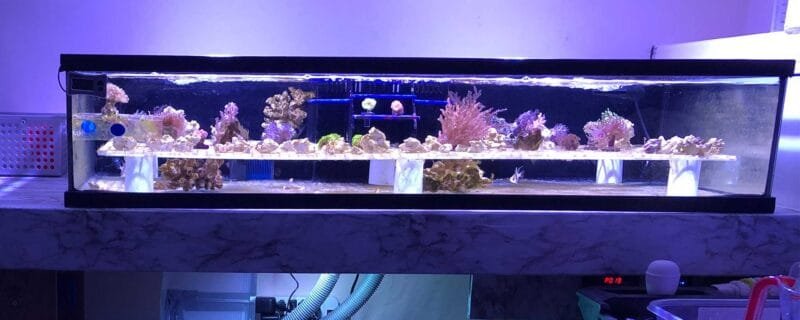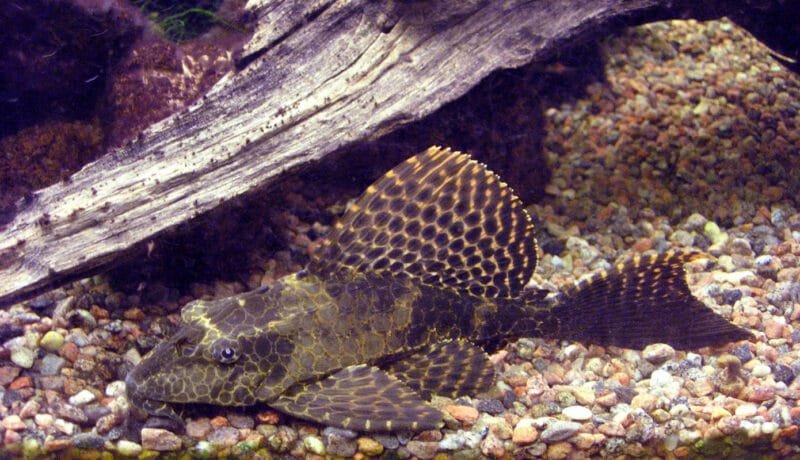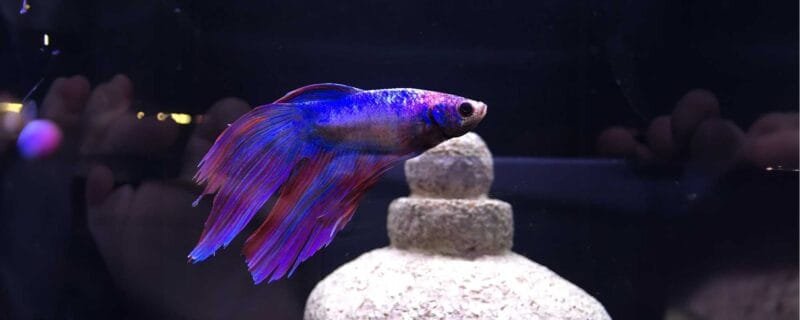Unveiling the Enchanting Green Star Polyps: A Complete Guide
In the world of marine aquaria, few corals can rival the mesmerizing beauty and ease of care of the Green Star Polyps. Scientifically known as Pachyclavularia spp., these stunning corals have captured the hearts of aquarists worldwide. In this comprehensive blog post, we will uncover the secrets of the Green Star Polyps, from their size and natural habitat to their care requirements and propagation methods.
Latin Name and Size
The Green Star Polyps, scientifically classified as Pachyclavularia spp., are relatively small corals. They typically grow in colonies, with individual polyps ranging from 1/4 to 1/2 inch in size. However, when allowed to spread, they can create a captivating carpet of vibrant green.
Natural Habitat
Green Star Polyps are native to various regions in the Indo-Pacific Ocean, including Fiji, Indonesia, and the Great Barrier Reef. In their natural habitat, they are often found in shallow waters, thriving on both rocky substrates and coral rubble.
Categorization
These enchanting corals fall under the category of Soft Corals. Unlike the Large Polyp Stony (LPS) or Small Polyp Stony (SPS) corals, Green Star Polyps are soft, non-skeletal corals with a unique appearance and behavior.
Varieties
The Green Star Polyps are primarily identified by their vivid green coloration. However, there can be subtle variations in shades, ranging from neon green to a deeper emerald hue. These variations add to the allure of these corals, making them a popular choice among aquarists.
Diet
Green Star Polyps are photosynthetic, relying on symbiotic zooxanthellae within their tissues for much of their nutritional needs. While they do not require direct feeding, they can benefit from occasional supplementary feedings of small particulate foods, such as phytoplankton or coral-specific liquid foods, to promote growth and maintain their vibrant color.
Alternative Names
These corals are often referred to by a variety of names, including GSPs, Star Polyps, or Green Star Corals, reflecting their distinctive appearance.
Feeding Requirements
Green Star Polyps can thrive without direct target feeding, as they primarily feed through photosynthesis. However, providing occasional feedings can enhance their growth and vibrancy, especially if your aquarium has lower light levels or fewer zooxanthellae.
Fragging
One of the remarkable features of Green Star Polyps is their ease of fragging. They can be propagated by simply cutting a small piece of the colony and attaching it to a suitable substrate. This makes them an excellent choice for aquarists looking to share or expand their coral colonies.
Water Conditions
Maintaining stable water conditions is crucial for the health of Green Star Polyps. They prefer temperatures between 75-80°F (24-27°C), a pH level of 8.1-8.4, and a specific gravity of 1.023-1.025. Adequate lighting is essential, with moderate to high-intensity lighting being ideal to support their photosynthetic needs.
Conclusion
In summary, the Green Star Polyps, or Pachyclavularia spp., are a fantastic addition to any reef aquarium. Their vibrant green coloration, ease of care, and compatibility with various tank setups make them a favorite among both beginner and experienced aquarists. Whether you’re looking to add a pop of color or create a lush coral carpet in your tank, Green Star Polyps are a must-have. So, dive into the world of aquatic beauty with these captivating corals and watch your aquarium come to life with their radiant presence.

